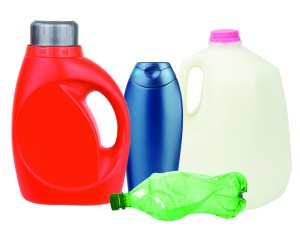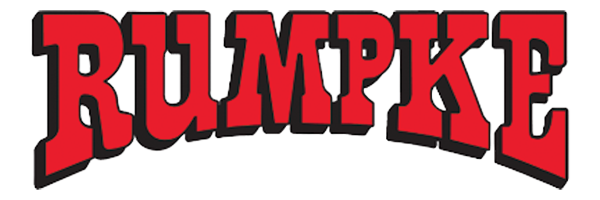Plastic Recycling: The Do's and Dont's

With so many variations in shape, size and texture, how can residents remember which plastic items should go in their recycling bin or cart? The rule is surprisingly simple.
Rumpke accepts plastic containers in the shape of a bottle or jug, which are containers with a larger bottom and a smaller top and often have a screw cap. Common household plastics that fall under this category include bottles and jugs for water, laundry detergent, juice and shampoo. (NOTE: Empty, crush if possible and replace the lid back on the bottle for recycling.)
How does Rumpke decide which plastics to accept? These considerations are used to determine which items are acceptable.
End-Users
The definition of recycling is to take something old and make something new. In order for Rumpke to accept an item in its recycling programs, a manufacturer must be available to turn the material into something new. Currently, manufacturers have a demand for plastic bottles and jugs.
Sorting Efficiency
All residential recyclables are collected in a single bin that must be mechanically sorted at a recycling facility. An item may not be accepted if large quantities cannot be efficiently and mechanically separated from the unsorted recycling mix.
Equipment Maintenance
Certain items cause extensive damage to recycling equipment. Plastic bags and film can wrap around spinning machinery and conveyor belts. Equipment is designed to process common household recyclables and is easily damaged by heavy and oversized items.
Employee Safety
To maintain a safe work environment, containers holding harmful chemicals and sharp objects like needles are not accepted.
Rumpke continually works to make customers aware of the acceptable items list. By following the acceptable items list, customers can help drive down the cost of recycling. Unacceptable material in the recycling stream increases the cost of recycling in two major ways.
Transportation
Recycling is transported and sorted at regional recycling facilities, which means unacceptable material incurs a transportation cost before being removed. Once removed, these items must be taken to a landfill for proper disposal. Labor costs are also incurred at every step of this process.
Repairs
Unacceptable items damage valuable equipment and necessitate costly repairs. Unacceptable items also jam and clog heavy machinery. To remove clogs, employees must crawl into large machines and cut material loose from conveyor belts and claws. Appropriate safety precautions are always taken, but limiting the frequency is ideal for employees and their safety.
Please review and share our acceptable items list.
